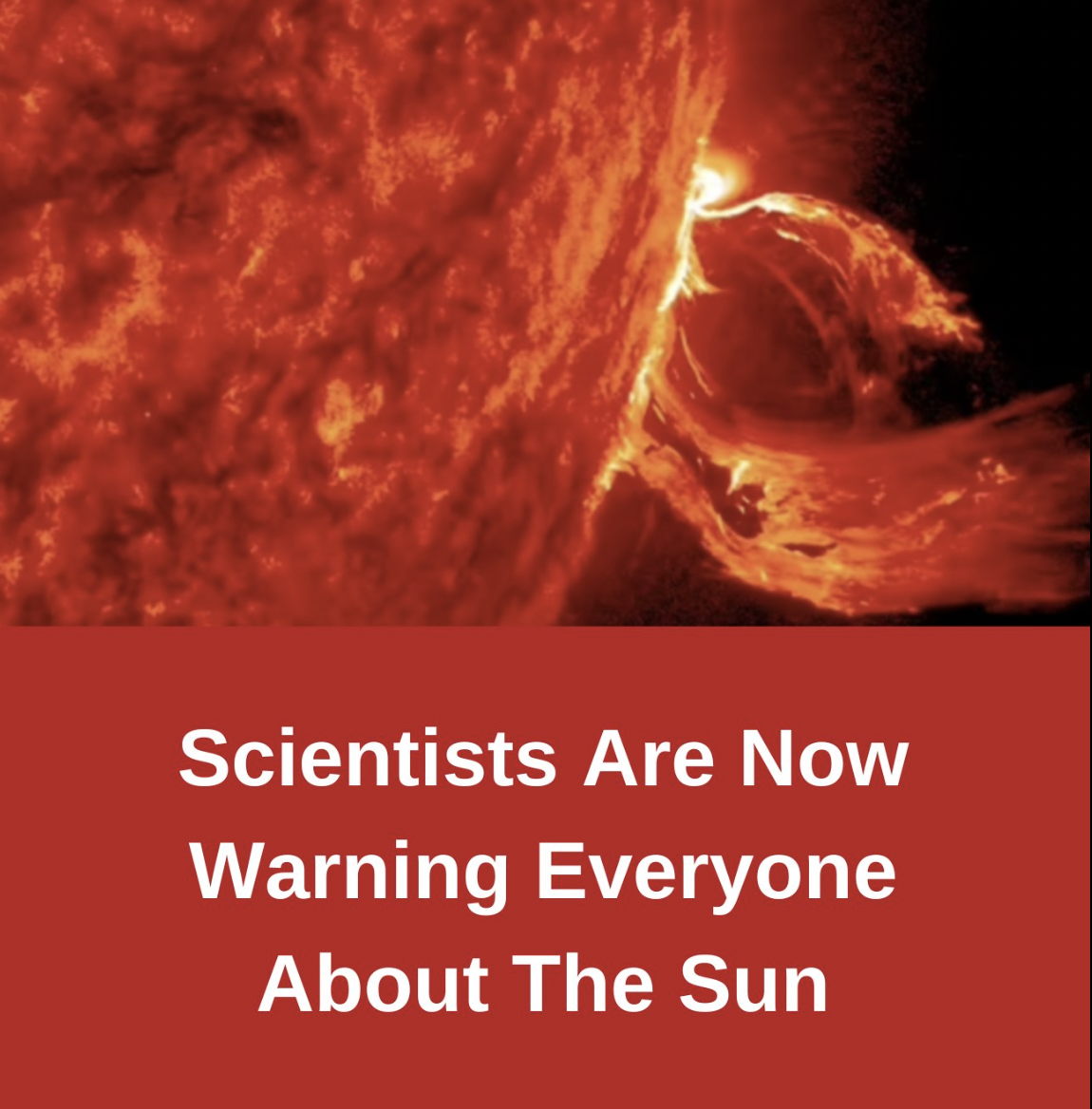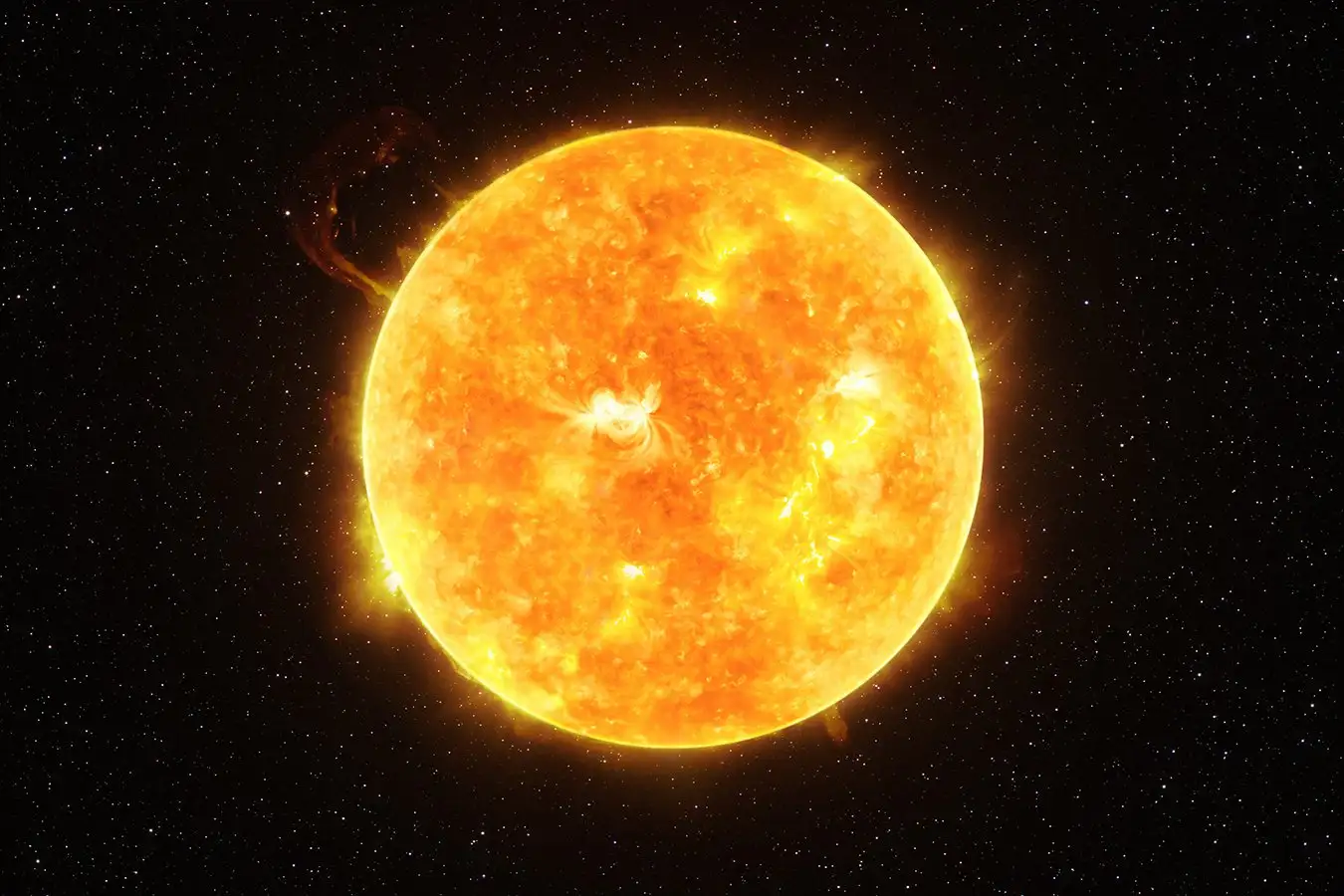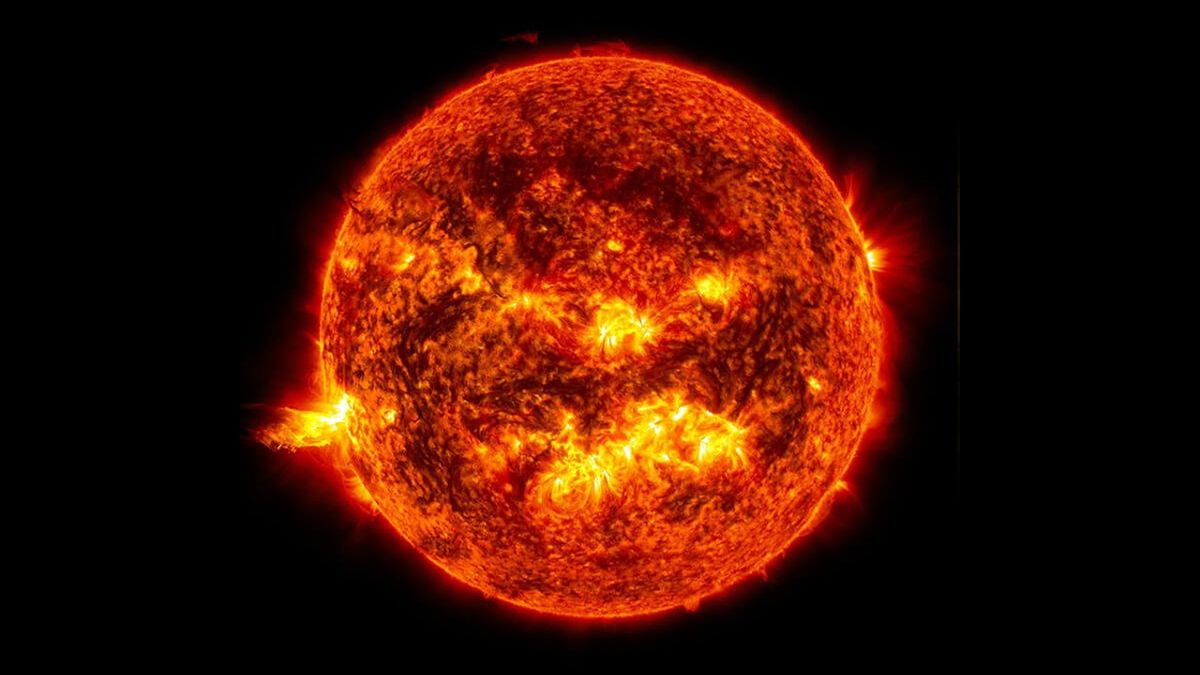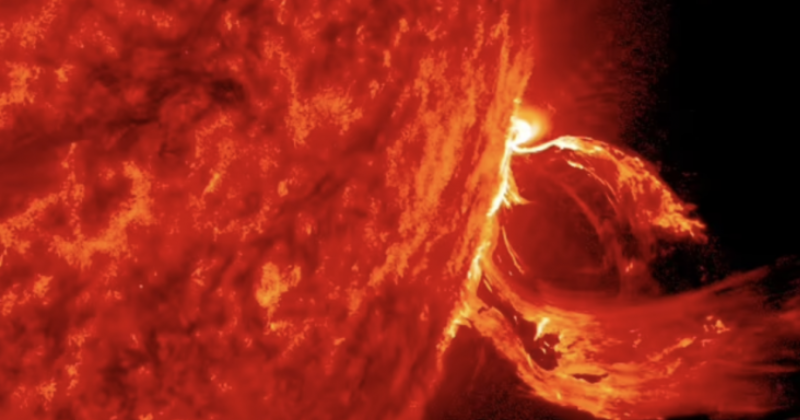
Despite Earth’s endurance to last weekend’s powerful solar storm, astronomers warn that additional extreme solar eruptions may continue to afflict us until 2025. Dr. Jonathan McDowell, a Harvard scientist, told DailyMail.com that the sun has not yet achieved its “solar maximum,” the pinnacle of an 11-year cycle marked by increased solar activity and energy production. This maximum is anticipated to be reached in July 2025.
Dr. McDowell warned that we could face significantly larger storms over the next couple of years. The recent “extreme (G5) geomagnetic conditions” were triggered by a massive sunspot, larger than the one responsible for the notorious 1859 Carrington Event, which caused widespread telegraph disruptions and even set telegraph wires on fire. Space weather experts believe that a direct hit from future solar storms could be even more damaging.

During the 2019 solar minimum, the number of visible sunspots on the sun’s surface was nearly zero. However, by the upcoming maximum in July 2025, the US National Space Weather Prediction Center anticipates up to 115 sunspots. These magnetically dense areas can produce solar flares and powerful coronal mass ejections (CMEs), which can severely impact satellites, radio communications, and power grids.
The 11-year solar cycle only increases the sun’s total radiation output by a small percentage, but this additional energy is highly concentrated in sunspot activity. The excess energy, documented to disrupt satellites and black out radio communications, poses significant challenges for satellite operators. Even without major solar storms, the elevated radiation levels as we approach the solar maximum are already straining satellite infrastructure.

Dr. McDowell emphasized the increased drag on the Hubble Space Telescope due to increasing atmospheric density produced by solar activity. He remarked that the last solar storm increased Hubble’s orbital degradation rate, hastening its descent toward Earth. Satellites are more vulnerable during this time, with an increased risk of electrostatic discharges and drag, necessitating extra caution from mission controllers.
Currently, space weather experts forecast solar storms by tracking sunspots. Monitoring these active zones allows them to estimate when they may collide with Earth and perhaps create problems. Dr. McDowell underlined the significance of strengthening forecasting techniques in order to better prepare for future solar storms.

As we approach the solar maximum, the threats to satellites, electrical grids, and communication networks will rise. Continuous monitoring and breakthroughs in forecasting are critical for mitigating the possible effects of these intense solar occurrences.

















